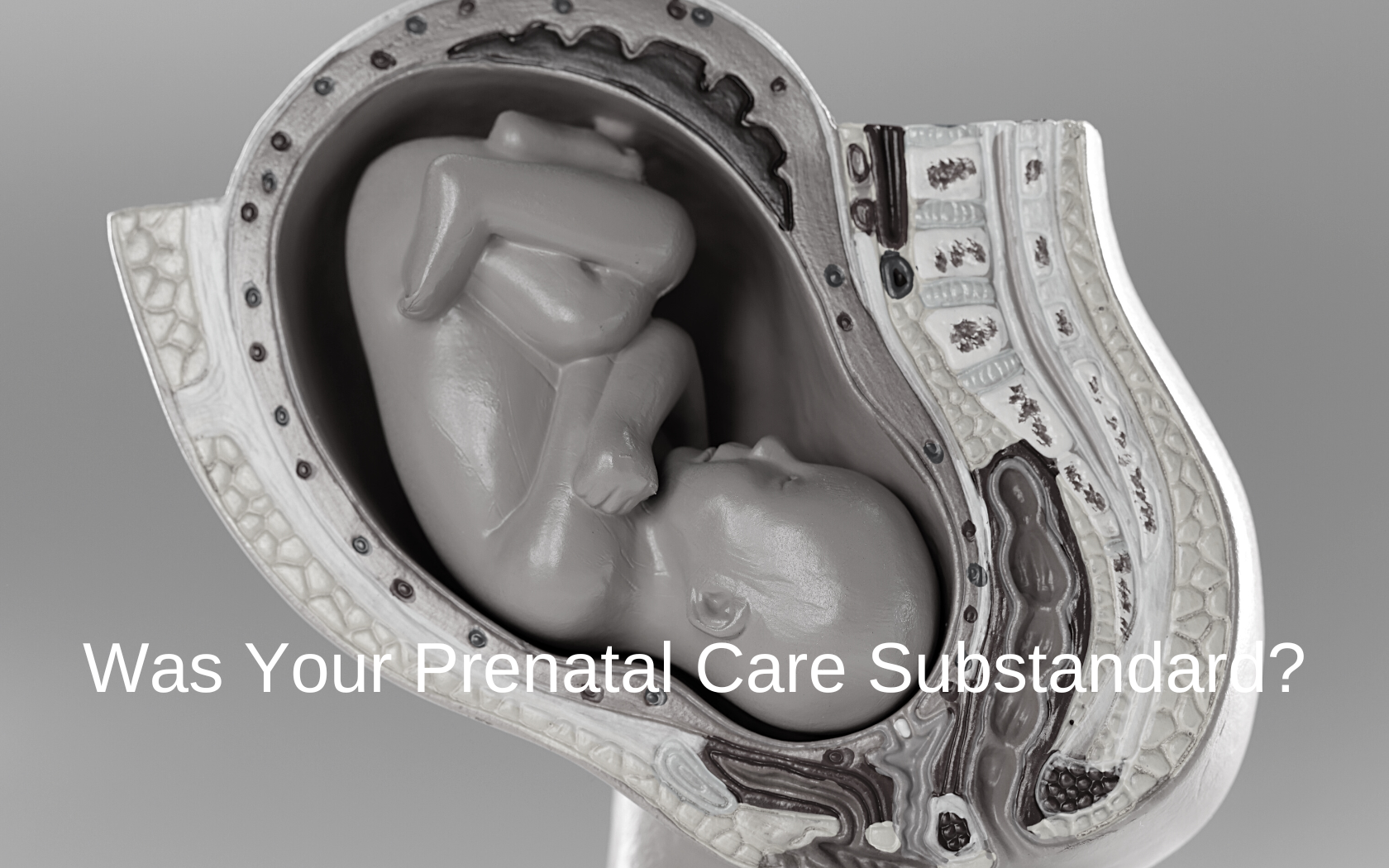During the miraculous journey called pregnancy, the placenta is the lifeline between a mother and her child. Placental abnormalities, though rare, can make the journey complicated. All of a sudden, mom and baby can find themselves heading down a perilous path!
Below, we’ll explain what the placenta is, and give you an overview of the most common placental problems.

What is the Placenta?
The placenta is a flat, round organ that attaches to the mother’s uterus. It acts like a delivery system, making sure the baby gets all the nutrients it needs to develop. It’s filled with tiny blood vessels that transfer oxygen and nutrients from the mother’s blood to the baby’s.
The placenta also helps remove waste, like carbon dioxide, from the baby’s blood. It sends the waste back to the mother’s blood, and her body gets rid of it.
Without the placenta, babies wouldn’t be able to get the nourishment and oxygen they need to grow. So you can see why placental abnormalities can throw a giant monkey wrench into the gestation process.
This is why it’s so important for pregnant women to contact their doctors about any abnormal symptoms they experience. And for their part, doctors should listen to their patients and be on the lookout for placental issues. Treating abnormalities as soon as possible reduces the risk of complications and birth injuries.

Most Common Placental Abnormalities
In most pregnancies, the placenta does its job without issue. But around 1 in a few hundred women will experience placental abnormalities. The most common disorders of the placenta include:
Placental Abruption
Placental abruption is the most common abnormality, occurring in 1 in 100 pregnancies (March of Dimes). The placenta separates from the wall of the uterus, and blood vessels may break. This can cut off the fetus’s oxygen and food supply. Placental abruption can lead to complications like:
- Preterm birth
- Fetal growth restriction
- Oxygen deprivation and brain injuries
- Stillbirth
Symptoms include heavy vaginal bleeding, contractions, and belly/back pain.
Placenta Previa
Placenta previa means that the placenta is in the wrong place. Its normal “home” is the top or side of the uterus. With placenta previa, it’s in a lower position.
Here’s why this is a problem. When the placenta’s position is too low, it might cover all or part of the cervix. That’s the “doorway” that the baby will leave through when it’s time to be born. If it covers the cervix completely, it’s called total previa. Partial obstruction is marginal previa.
The placenta might move away from the cervix on its own, as pregnancy progresses. If it doesn’t, it can cause complications such as:
- Heavy bleeding
- Placental tear
- Preterm labor
In many cases of placenta previa, the only safe way to deliver the baby is via C-section.
Placenta Accreta
Placenta accreta is when the placenta stays stuck in the uterus after birth, instead of coming out after the baby. This happens because the blood vessels attach too deep into the uterus.
According to the American Pregnancy Association, placenta accreta occurs in 1 in 2,500 pregnancies. It can cause severe hemorrhaging. As with many other placental abnormalities, doctors may have to perform a cesarean section. In some cases, the patient may have to undergo a hysterectomy.
Anterior Placenta
When the placenta is located at the front side (towards the belly) of the uterus, it is known as an anterior placenta. It’s not one of the most worrisome placental abnormalities. But it can make it difficult for the mother to feel her baby kick. Also, doctors might have trouble hearing the baby’s heartbeat. Anterior placenta also increases the risk of fetal bleeding.
In most cases, doctors simply keep an eye on the placenta, in case it moves over the cervix and becomes placenta previa.
Placental Insufficiency
Placental insufficiency means the placenta isn’t delivering enough oxygen and nutrients to the baby. Different factors can be at fault:
- Blood vessel issues in the placenta
- Mother has high blood pressure
- Small uterus
- Preterm delivery
- Preeclampsia
This placental abnormality can lead to a host of issues for the baby, including:
- Fetal growth restriction
- Disabilities
- Oxygen deprivation
- Brain damage
- Cerebral palsy
- Stillbirth
Placental Infarction
Placental infarcts are areas in the placenta where the blood flow gets blocked or restricted. It’s like a traffic jam in the placenta’s blood vessels. When this happens, those parts of the placenta don’t get enough oxygen and nutrients. This can create an area of dead tissue, which hinders fetal growth.
The cause of placental infarction is often a maternal health condition, like high blood pressure. Symptoms that some mothers experience include:
- Edemas (swelling in feet, ankles, and legs)
- Headaches
- Proteinuria (presence of protein in the urine)

Did Your Doctor Mishandle Placental Complications? We Can Help
If you have a placental abnormality, your doctor has the obligation to provide proper care. Failure to do so can lead to birth injuries.
If you believe a doctor’s negligence injured your child, call us for an evaluation. You may be eligible for financial compensation.




